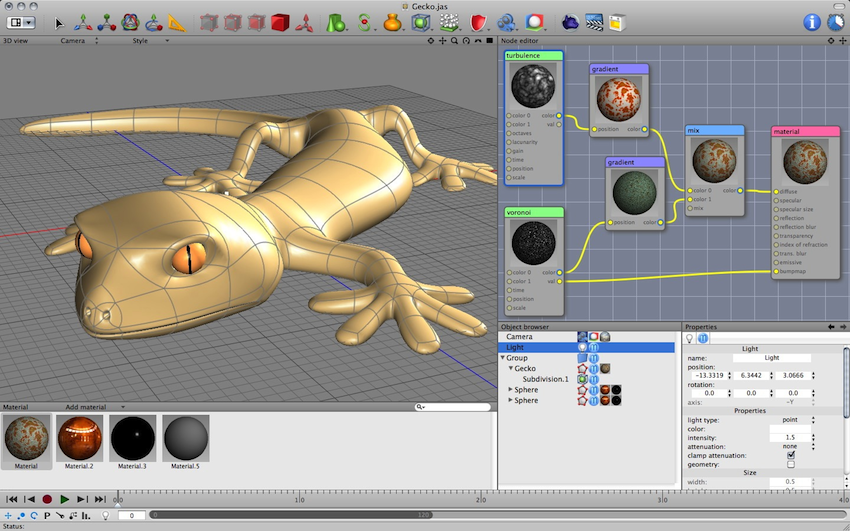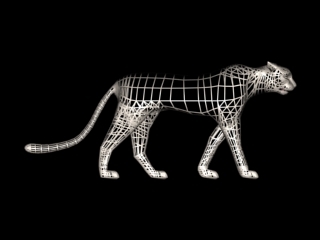

Start a new file and save it as tJunction.jas (or whatever name you prefer). A top priority will be to end up with a mesh consisting entirely of quads – four-sided polygons – because they subdivide more evenly than other types of polygons. They can be found in the main Tools menu, and also in the context menu that appears when you right click anywhere in the 3D view. We’ll use the Transform tool’s Snapping settings so we can work quickly and accurately, so take a couple of minutes to review how those work if you haven’t used them before.
#Cheetah3d graphic designer how to#
But we’ll try to make the rest of it as accurate as possible.įor this tutorial you’ll need a basic familiarity with Cheetah 3D: How to create objects, use the Object Browser, navigate around the 3D view, and use the Transform tool. In our scene, it will be connected to conduits, so we’ll be leaving out the inner threads on the joints.

Here is what a T style electrical conduit looks like. A fine Malleable Iron T Style Conduit Body, featured on the Garvin Industries website. It will provide a decent modeling challenge that involves creating and combining several meshes and working with many of Cheetah’s modeling tools. Every artifact is designed by someone, and many day-to-day items that we take for granted can rise to the level of art when you look at them closely.Ī T-junction may not fall into this category, but it’s still a workmanlike bit of design that gets the job done. To make a believable model you must have good reference material – but also curiosity and an appreciation of how things are put together. One aspect of modeling that I didn’t anticipate is that it will turn you into a keen observer.


 0 kommentar(er)
0 kommentar(er)
